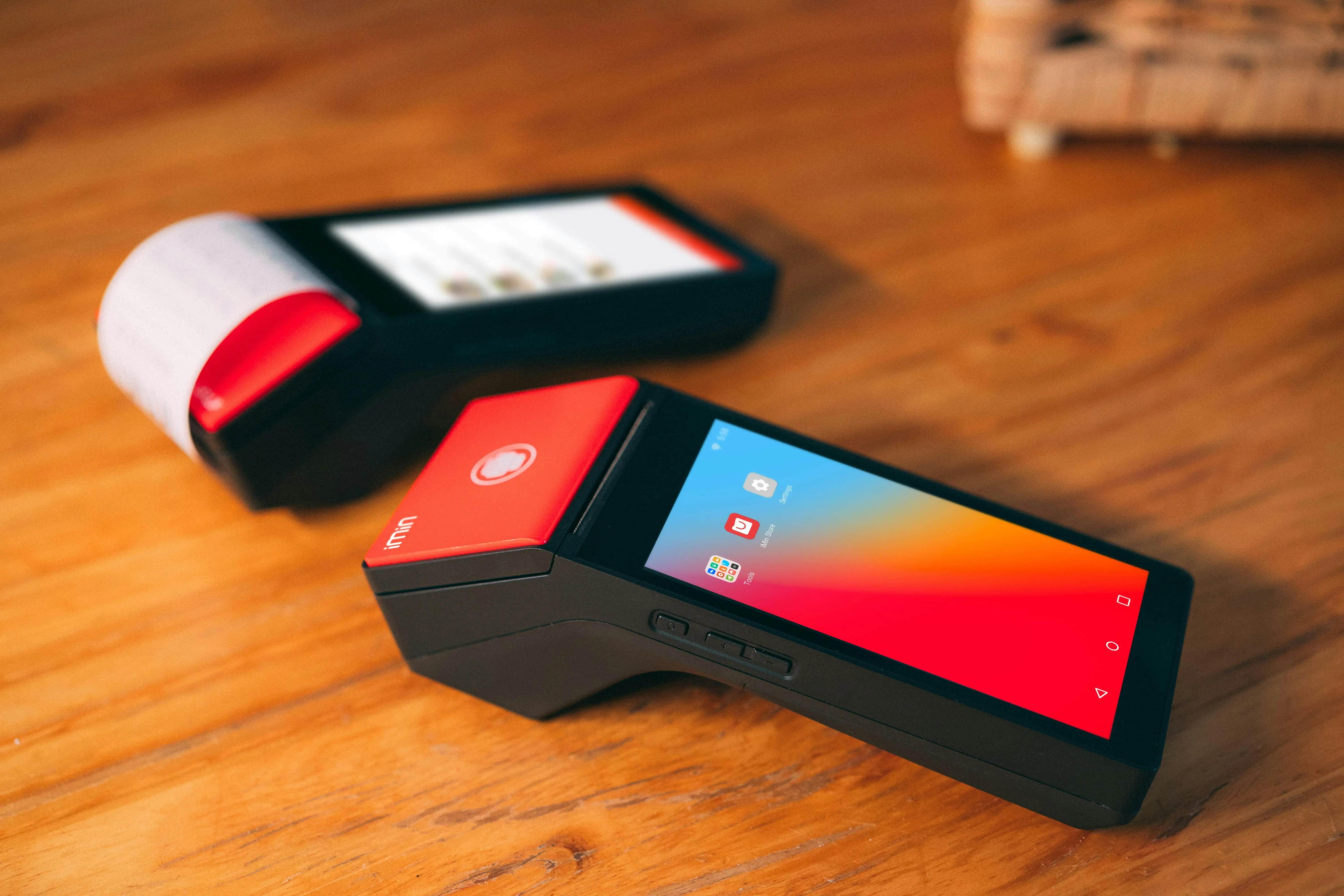
Redesigning an e-commerce site: where does PIM fit in?

Finally validated. The project of the year (or even the following ones), the one on which the company is betting to grow and renew itself: new e-commerce site, migration to a new platform, upgrading your existing site or, more structurally, a change of ERP. This large-scale project will impact the entire company and all of its businesses, but is also particularly long and costly. Once started, other projects will be difficult to launch in parallel with this one.
But are you completely sure that the time/cost ratio of this type of project is absolutely profitable for the company?
First implement a PIM to address structural issues, you'll be able to move much faster and more efficiently on future projects. In the meantime, PIM is not a "project". On the contrary, it's a solution that can be put in place quickly, and will generate ROI for the company. From quick wins to long-term growth, find out why some companies have prioritized PIM over their IS and e-commerce projects?
Reasons for an e-commerce redesign
There are many reasons why a company might choose to overhaul its e-commerce and/or IS.
- Designing your website. Your website may have become obsolete and no longer meets the trends of your business sector and certain standards for website design. It's not as responsive as it should be, and the web design is out of date.
- Improve user experience (UX). Navigation on your website is not fluid and your users have difficulty finding their way around, finding products and their content and/or placing orders. All this can lead to a loss of business as well, by lowering the conversion rate. The user experience can be improved by focusing on ergonomics, site usability and navigation.
- Mobileadaptation. More and more users are browsing websites from their mobiles, and a redesign may be necessary if the site is not responsive to the tools used: mobile, tablet, computer, etc.
- Optimizing your site's performance. Several elements can have a negative impact on your site's conversion rate: load times that are too long, features that aren't responsive...
- Optimizing your SEO. Best practices and trends in search engine optimization (SEO) are changing fast. So, to keep up with the search engines, it's crucial to maintain an optimized website that can improve search results and increase your brand's visibility online.
To understand the reasons behind a company's decision to overhaul its e-commerce and IS systems, you also need to understand who the teams involved are, and what is the reality of their jobs on the ground.
E-commerce redesign: the reality for business teams
Product, marketing and e-commerce teams are the ones who manage content on a daily basis, enriching and distributing product information. The problems of restrictive tools and ecosystems, which limit their productivity, have a direct impact on them. At Quable, we talk to these employees, and we know that they are the first to be convinced of the benefits of prioritizing PIM in the company's future investments. This would finally give them the means to work better with data on a daily basis - which would also become more consistent across the different sales channels - while gaining in productivity and avoiding errors. And if an easy-to-implement solution exists to improve their productivity today, without impacting the company's structure, why do without it?
The reality of decision-making teams in an e-commerce overhaul
On the other hand, the alignment between strategic choices and operational needs is not always obvious and arbitration is sometimes complex. Decisions are therefore sometimes made in favour of "front-end" solutions (e-commerce overhaul, unified commerce solution, etc.). Projects seem to be the solution to all ills.
However, it seems pointless to re-roof a house when its foundations are in danger of collapsing: a brand new sales channel does not erase the problems of data structuring and quality. It is essential to equip the teams in charge of enriching it so that they can be more productive while bringing more qualitative data to your sales channels.
"Do you have to wait a year for a project to be completed when you can get all the benefits of a PIM in a month? »
PIM is about productivity. Productivity is ROI!
However, productivity remains the sinews of war. Faced with the temptation to move towards a project based on solutions closer to the end customers, some brands have chosen to prioritise the PIM. Implemented in less than a month, the solution goes beyond the framework of a project lasting several months/years and therefore offers many quick wins that bring ROI:
- Data structuring improves the ROI of your future projects - sound data in a sound IS means time saved in the implementation and future efficiency of your IS and eCommerce projects.
- Time-to-market reduction - Jennyfer reduced its time-to-market to just 24 hours by implementing PIM
- An average saving of 60 man-days per year - reinvested in strategic, value-adding areas;
- Increased agility to open and develop new sales channels and markets more quickly: Delsey has opened 4 markets in just one year;
- Internationalisation has finally become easy thanks to the multilingual enrichment of product sheets and their automatic distribution in the right language to the right channel;
- Reduction of return rates: you offer better, reliable and rich product information allowing customers to you can offer better quality, reliable and rich product information, allowing customers to be properly informed before purchasing.

Recasting projects: in what order?
Given its promise of rapid productivity gains and its role in a company's growth, PIM is fast becoming a must. But in what order is it most appropriate to structure your major projects?
The PIM
The PIM is not a project for the company and should be launched as soon as the signs of organisational difficulties and the need to maintain the rate of product file enrichment appear.
By creating the basic structure for your entire product repository, which will govern all information exchanges with your sales channels, the PIM is the foundation of your on and offline business strategy. It will enable you to structure, organize and enrich your product information to perfection to implement and develop an ultra-efficient omnichannel sales strategy over the long term.
ERP overhaul
The ERP is the indispensable foundation for all processes: creation of the first product entries, the first data, the hub interconnected to all tools... Crucial.
Generally, two cases motivate the launch of an ERP project:
- It is no longer functional and becomes a handicap for your activity
- It is out of date and does not match your strategic ambitions (digital, business, omnichannel, etc.)
However, you don't need to complete an ERP project lasting between 1 and 3 years to implement a PIM that will bring you quick wins (immediate ROI, better team productivity and improved product information quality). Once your new ERP has been delivered or upgraded, simply connect it to the PIM using our API.
Unified commerce solutions / Marketplace flows
It's up to you to choose the solution that best suits your needs: deploy sales channels, connect to marketplacesHowever, these solutions like to be based on a PIM in order to rely on reliable data that's easier to handle. Good thing you prioritized it earlier.
E-commerce redesign
The e-commerce site is the first element visible to your customers and yet the last step to prioritise in a redesign. Ergonomics and the purchase tunnel must be well thought out to correspond to uses and needs but are of little use if :
- The products have incomplete or incorrect data, misleading the customer or pushing them to a competing site,
- Your time to market is too long and several weeks or months pass between the availability of a product and its release on the channels,
- Your products are not visible because they are not distributed on all the channels where your customers are.
Conclusion
While a "front" or "back" redesign is generally indispensable at some point in a company's transformation, it's essential to ask the right questions in order to build this project in a way that makes sense for the business. Quable PIM and DAM is a quick-to-implement solution offering immediate productivity gains. It is advisable to prioritize it upstream, so that the redesign can be carried out on a sound basis: improving content before form.
Want to boost your e-commerce with PIM ? Ask for your free demo.
During an e-commerce redesign, integrating a PIM from the outset helps to structure product data, secure SEO, make information more reliable and avoid manual rework after migration. The PIM becomes the foundation of the catalog, workflows and interconnections with ERP, DAM or marketplaces.
Thanks to its strategic integration, PIM enables a smooth migration: import, enrich, set data mappings, prepare exports to the new front-end, validating at every stage.
By combining a UX/design overhaul with a PIM project, the teams guarantee total consistency: robust product structure, optimized content, up-to-date data. The result: a successful launch, time savings, information quality and improved user experience.








_Leader_Mid-Market_Leader.svg)

_MomentumLeader_Leader.svg)

_BestResults_Enterprise_Total.svg)
_EasiestToUse_Enterprise_EaseOfUse.svg)
_UsersMostLikelyToRecommend_Enterprise_Nps.svg)






